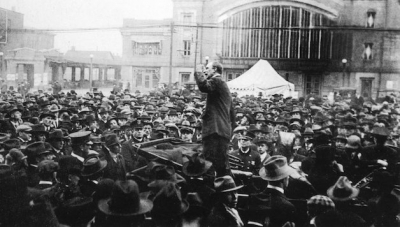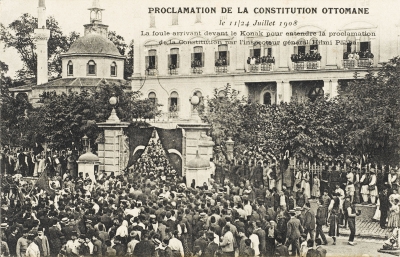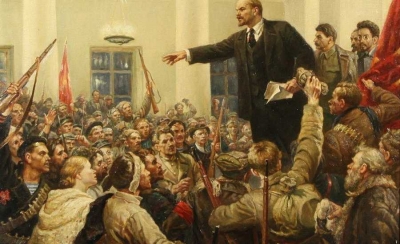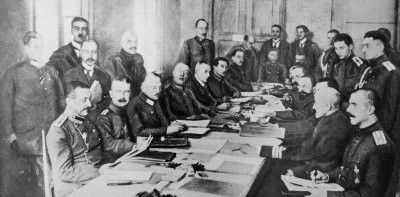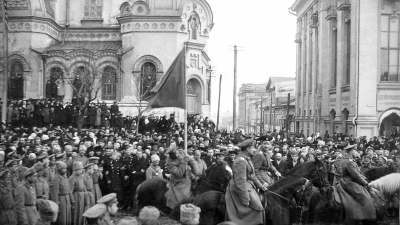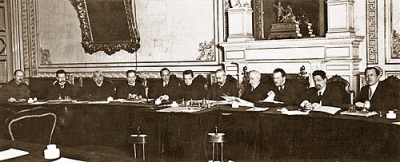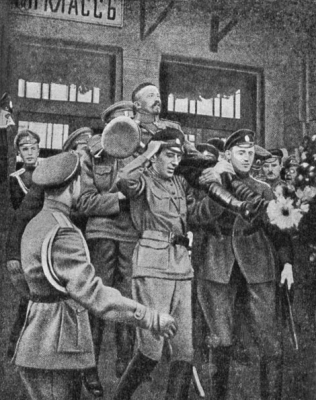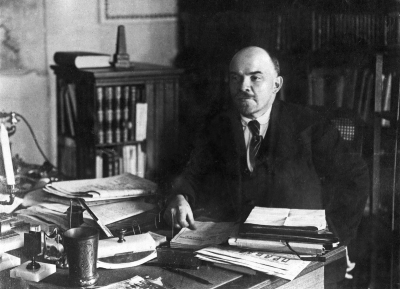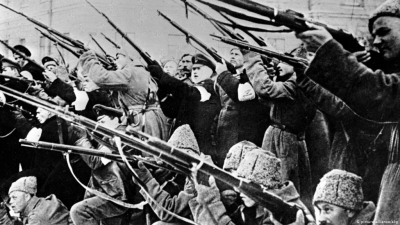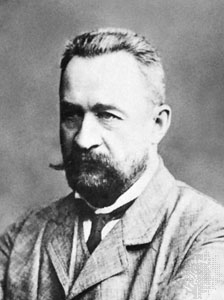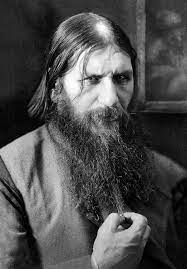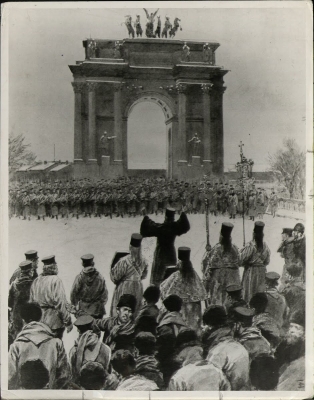How did Stalin seize power?
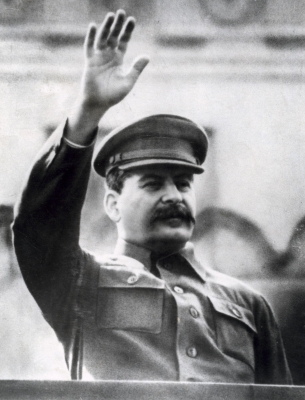
Joseph Stalin is a name etched in world history. He was the absolute ruler of the Soviet Union and later the Communist bloc in Eastern Europe. Stalin took control of the Soviet Union in 1922 after the Russian Civil War. By 1927, he had absolute power over the USSR and was its unquestioned ruler. His capabilities and understanding of the workings of the Communist Party led to his rise in power.
After Lenin’s death, Stalin became the de-facto successor to the government under the rules of the Party. Stalin ruled as a dictator, wiping out all the opposing voices. He played a major role in transforming the Soviet Union into a global superpower.
Stalin ruled by terror. He formed a secret police and encouraged people to spy on each other. Whoever refused to co-operate with Stalin’s plans were either shot or exiled. He even controlled the media and photography.
Picture Credit : Google
